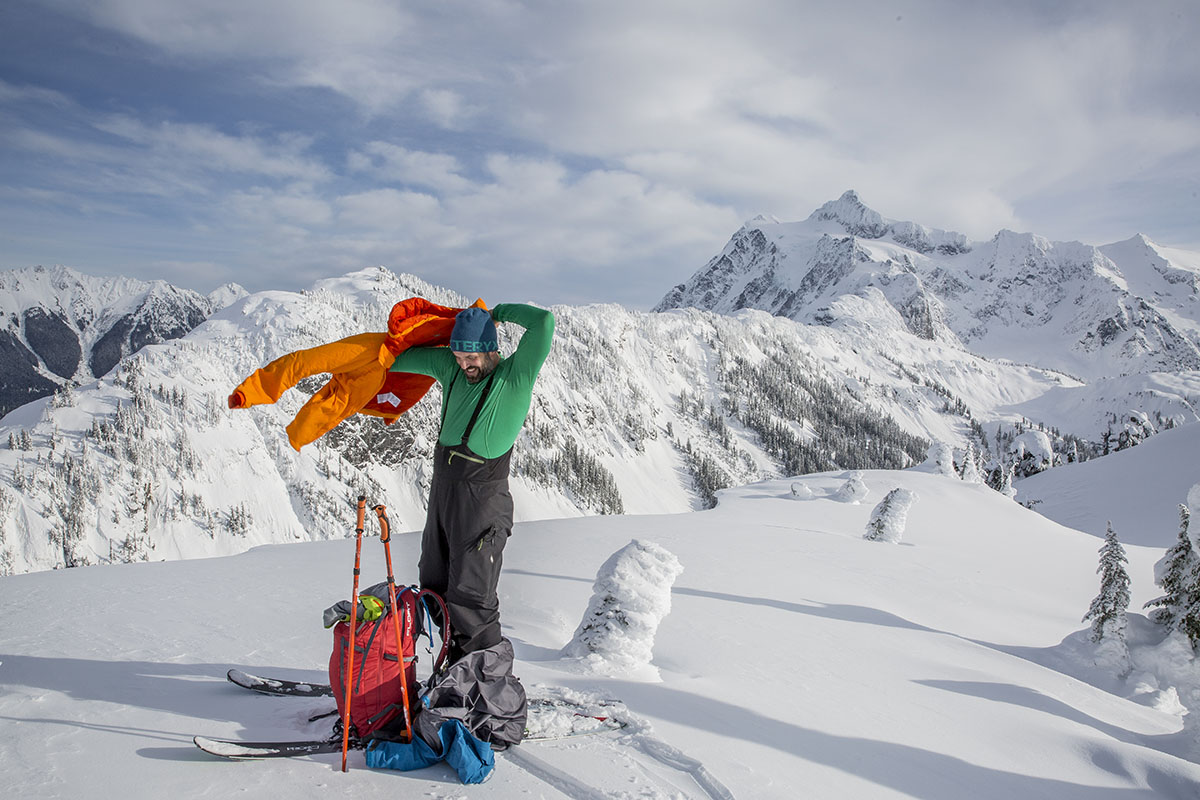
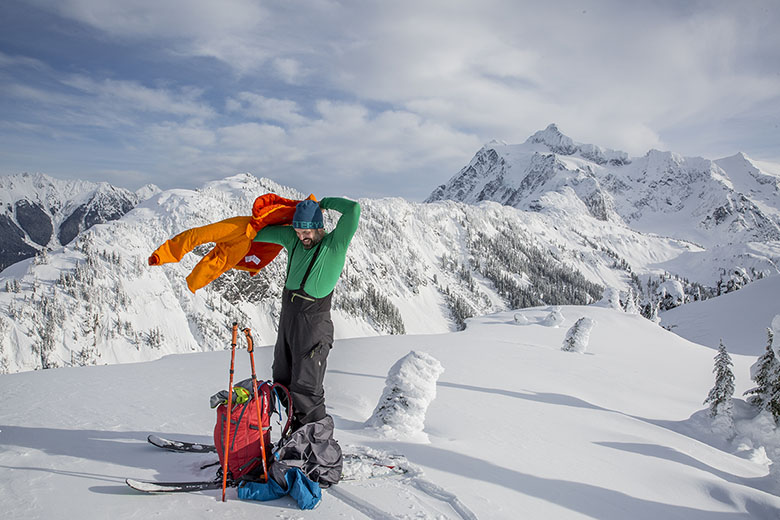
A baselayer’s primary job is to keep you comfortable while wicking moisture as you sweat. Whether you’re climbing steep skin tracks in the backcountry, skiing lift-accessed terrain at the resort, or climbing and hiking in cool shoulder-season weather, it’s important to have the right tool for the job. To help, below we break down the main considerations that go into choosing a baselayer, including fabric thickness and warmth, the different materials available, getting a proper fit, and more. For our top picks this year, see our articles on the best baselayers and best women's baselayers.
Baselayers generally fall into one of three categories: light, mid, or heavyweight. The vast majority of manufacturers and retailers provide this specification (you’ll sometimes see it referred to as “underwear weight” or “insulation weight”), which is helpful for narrowing your search. Many also provide the g/m2 spec (the grams-per-square-meter measurement of the fabric), which indicates how thick and heavy it is. It's important to note that there's no real standardization here, and some brands and retailers leave this detail out. That said, it can very useful for comparing between models, and we've included it whenever possible in our baselayer articles. When choosing a category or fabric weight, it’s important to think through how and when you’ll be wearing your baselayer. A good rule of thumb is that as fabric weight and thickness (g/m2) increase, warmth goes up at the cost of moisture-wicking and breathability.
Starting with lightweight baselayers, these pieces are good breathers, wick moisture well, and dry quickly but offer the least warmth, usually landing between the 125 and 200 g/m2 range. Worn on their own, they are ideal for activities like backpacking and cool-weather running where breathability is paramount and you’ll be constantly moving and generating a lot of heat. Further, they excel for winter pursuits like ski touring where you want to stay reasonably cool and dry on the uphill. As mentioned above, insulation is their weakness, and you’ll likely require more warmth for sedentary activities and frigid days. Plus, their thin constructions make them the least durable overall. But for high-output sports or moderate temperatures, a lightweight baselayer is a great choice..jpg)
Resort skiers and those who aren’t working up a major sweat are most often happiest stepping up to a warmer midweight option. In our opinion, midweight baselayers (in the 200 to 300 g/m2 range) are the most versatile for wintertime use: They will keep you cozy in a wide range of conditions but still are breathable enough for physical activity. From cold snowshoe treks to wearing around camp in the alpine, midweight pieces are an ideal match. That said, keep in mind that the extra warmth comes with a drop in temperature-regulating ability. In other words, midweight layers can get hot and feel muggy in mild weather.
Finally, heavyweight baselayers (otherwise known as thermal-weight or expedition-weight, typically above around 300 g/m2) are reserved for especially cold temperatures or non-demanding activities—think winter walks around town, sitting around camp, etc. They’re the least versatile category as they're quite bulky and can get swampy and hot unless the mercury really drops. As such, you’ll often see them thrown on over a lightweight baselayer for a boost in warmth (if you plan to do this, choose one that has a relatively loose fit like the Patagonia R1 Air Zip-Neck). In the end, if you’re eyeing a heavyweight piece, be sure to evaluate whether or not you really need the added insulation or if your midlayer/outer layer combination can accomplish the same goals.
The next order of business in choosing a baselayer is deciding on the type of material you want. The two most common options are merino wool and synthetics—some performance-focused brands also use blends of the two—and silk is a final, less popular pick. All fabrics have their strengths and weaknesses and are best suited to different activities and weather conditions..jpg)
Merino wool—which comes from its namesake sheep in countries like Australia and New Zealand—has a lot of performance benefits. It’s incredibly soft and comfortable against the skin, able to regulate temperature well, has inherent UV resistance due to its fabric weave (indicated by a UPF rating), and boasts natural anti-microbial properties that help it resist odor to an impressive degree. In other words, this is a far cry from the itchy, sweaty traditional wool products of old. For multi-day expeditions, merino is our preferred option for its ability to stave off stink and stay relatively fresh.
The downsides: Merino layers are not all that durable and often cost much more than their synthetic counterparts. For example, our top merino pick this year, the Smartwool Classic Thermal, costs $115, while the synthetic Patagonia Capilene Zip-Neck comes in at $89. If you only get outside a couple times a year or stick to day trips, it might be worth saving with a synthetic layer instead.
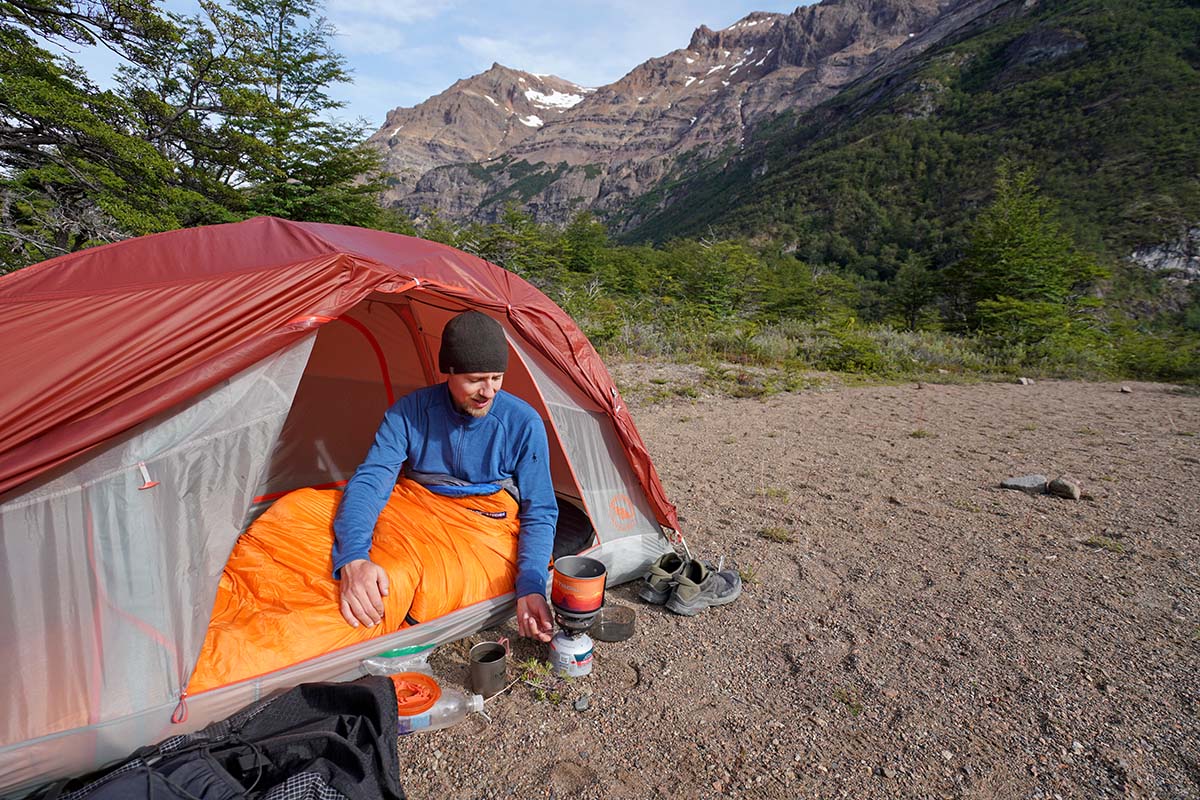
Synthetic fabrics range from polyester to nylon, polypropylene, and more, but they generally all share similar properties. Polyester is by far the most common synthetic and a nice cost-effective alternative to merino: It keeps up in terms of moisture wicking, comfort is still fairly high, and it tends to be much more hardwearing. The main downside to synthetic fabrics is the lack of odor prevention—they simply can’t compete with the natural stink-fighting abilities of merino. Additionally, synthetics don’t regulate body heat as well as wool, so it’s important to nail the thickness. That said, some brands offer blends of synthetic and merino that aim to combine the performance benefits of both fabrics. For instance, Arc’teryx’s Rho Hybrid Crew Neck uses a mostly polyester build with a merino blend in exposed, sweat-prone areas.
.jpg)
Silk is a final option to consider. It’s soft, comfortable, and reasonably warm for its weight but lacks the temperature-regulating and moisture-wicking capabilities of both merino and synthetics. In other words, once you start working up a sweat, you’ll quickly overheat in a silk baselayer. Further, silk is far less durable than polyester, doesn’t resist odor nearly as well as merino, and should be hand-washed to maximize its lifespan. Given all of these downsides, merino and polyester are far more popular baselayer fabrics, and for good reason. However, if you have sensitive skin or are simply looking for a layer to wear on leisurely hikes or sitting around camp, silk could be a viable option.
If you’ve spent a lot of time in the outdoors, you’ve probably heard the saying “cotton kills.” This might sound a little dramatic, but we recommend steering clear of cotton when it comes to your baselayers. Why is this? In short, when cotton gets wet, it loses its insulating abilities. Therefore, when you start to sweat, cotton will absorb your sweat (rather than wick it away) and quickly get sodden and heavy with moisture. If it’s cold outside, your saturated cotton baselayer can quickly grow cold, eventually leading to hypothermia if you become too chilled. And this doesn’t just happen in temperatures below freezing—in fact, many experience hypothermia in very mild conditions. In the end, our advice is to stick with one of the more capable fabrics above.
From a comfort and performance perspective, nailing the fit of your baselayer is crucial. To optimize moisture wicking and warmth, baselayers need to have a snug, close-to-your-body fit. If you’re looking for more of a casual piece to wear around town, you can get away with a looser cut, and some runners and hikers prefer more room to allow for additional airflow. In the end, it's best to try on a number of options before buying and consider how you’ll be using your baselayer most often. For example, those who specialize in aerobic activities like cross-country skiing will likely prefer a performance-focused, fitted layer like the Odlo Natural + Kinship Warm Long-Sleeve. On the other end of the spectrum, a piece like the REI Co-op Merino 185 Half-Zip sacrifices a little in moisture wicking, but the roomier fit is more accommodating for casual outings.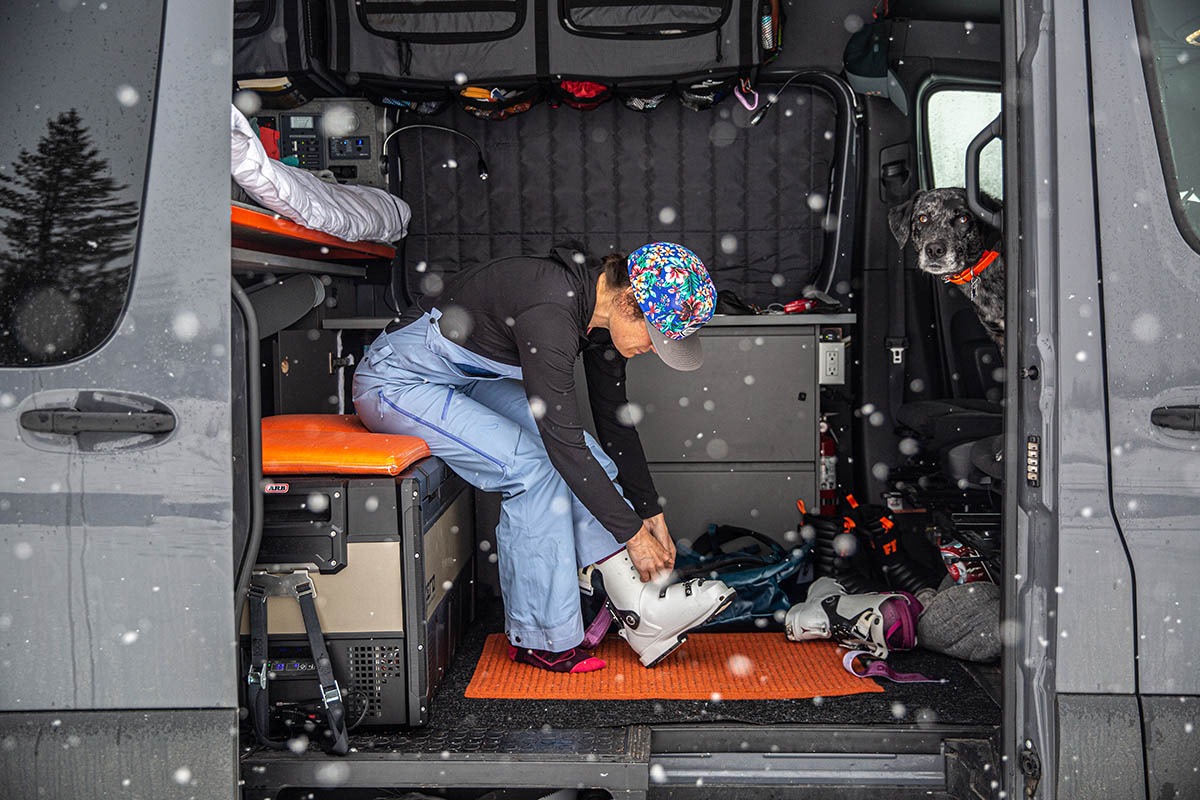
We focus on baselayer tops throughout this article, and that’s simply because maintaining warmth in your core is often the most effective way to stay comfortable. However, all the same rules apply for choosing baselayer bottoms (also known as long underwear or long johns). In fact, many of the tops in our baselayers round-up have matching bottoms with the same construction and a similar or identical price. But don’t feel like you have to get a matching set—depending on how warm or cold you run and how you like to layer, opting for different styles for your core and legs might be the best way to go. And remember to also consider the weight of your other layers. For example, if you only plan to wear lightweight shell pants over your baselayer, your legs will likely grow cold in frigid temperatures. If you’ll be wearing insulated ski pants, however, you can probably get away with a little less warmth from your baselayer.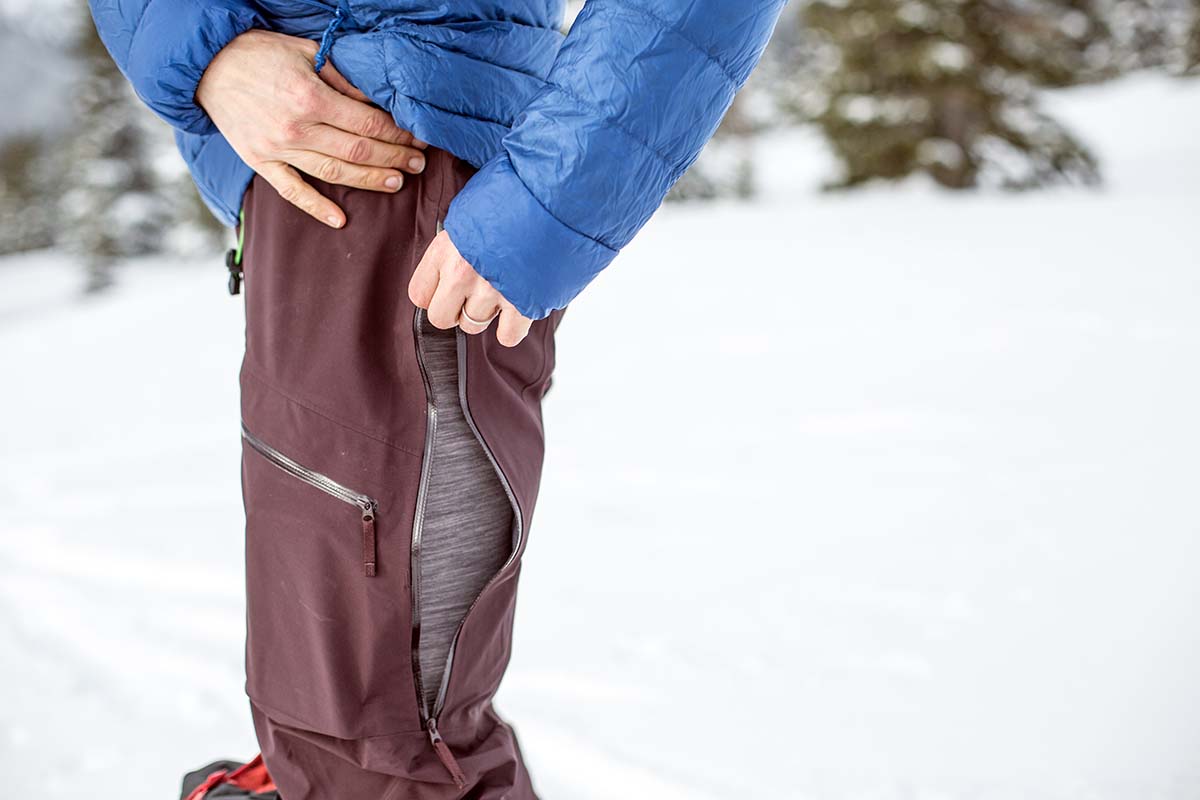
Baselayers come in a variety of styles, and many are offered in both long-sleeve crewneck and half- or quarter-length zippered options. Crewneck is the most basic and popular choice, with no collar and a round neckline. However, opting for a zipper does have a couple upsides. One benefit is the ability to adapt to changing weather conditions—zip up to raise the collar for added warmth when you’re cold and unzip as you start to heat up. And when it comes time to take the shirt off, it’s much easier to remove over a helmet or hat. All that said, tall collars can flop around when unzipped, and some might find the zipper uncomfortable against bare skin. A final decision should come down to preferred styling and how much you value being able to tailor warmth..jpg)
Baselayers see a lot of use in all four seasons, which makes longevity an important piece of the puzzle. In addition, it’s a good idea to think through the types of activities you’ll be pursuing and whether or not you’ll be around abrasive things like sharp rock or climbing/skiing equipment. Starting with material types, merino is the least durable and requires a fair amount of care to avoid getting small holes and pilling (the best way to make it last is to protect it under an outer layer and use minimal heat when drying). Merino blends like the aforementioned Odlo Natural + Kinship Warm Long-Sleeve can help, but 100% merino simply doesn’t have the longest lifespan. Silk is a similar story and can be even more vulnerable to damage from abrasion or agitator-style washing machines. Synthetics are the toughest, and we have numerous Patagonia Capilene layers that are still going strong after over five years of consistent use. A final factor is material thickness, and as expected, durability goes up as the fabric weight increases.
Prices for performance-oriented baselayer tops range from about $45 to $150, and the biggest factor is the type of material. Simply put, there’s no way of getting around paying a premium for merino wool. Even brands that are known for offering a lot of bang for your buck still charge a hefty amount for merino, as evidenced by REI's $90 Merino 185 Half-Zip. Synthetics are on the low end of the spectrum—even a quality option like the Patagonia Capilene Midweight will only set you back $79, and the Helly Hansen Lifa Stripe Crew Top is even cheaper at just $45. The second biggest influence in cost is the baselayer’s category (light, mid, or heavyweight), and in general, the price goes up as insulating ability increases. Last but not least, choosing a quarter- or half-zip design over a standard crew will boost price by around $10-$15.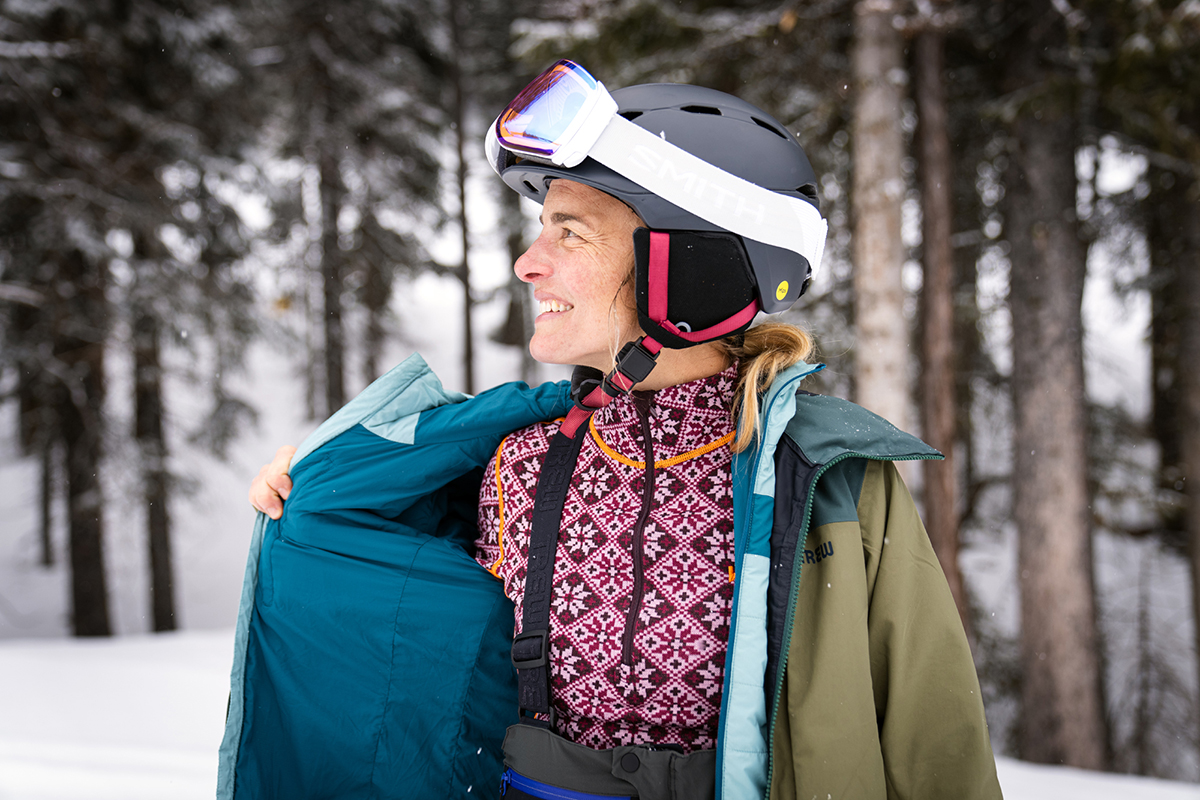
Keeping it simple with a baselayer is usually a safe bet, but there are a couple final features to have on your radar for certain sports and conditions. If your next-to-skin layer will be worn on its own for activities like shoulder-season hiking or climbing and spring skiing, it can be useful to have chest pockets for stowing lightweight essentials and thumb loops for keeping your sleeves in place. Moreover, an under-the-helmet hood or balaclava can add a nice boost in protection and warmth. And some baselayers can even block UV rays from the sun (as we touched on above, this is measured by the UPF rating). Again, it’s most often best to avoid adding bulk and complexity to your baselayer setup, but these extras do have their time and place.
Back to our Baselayers Considerations See Our Top Baselayer Picks